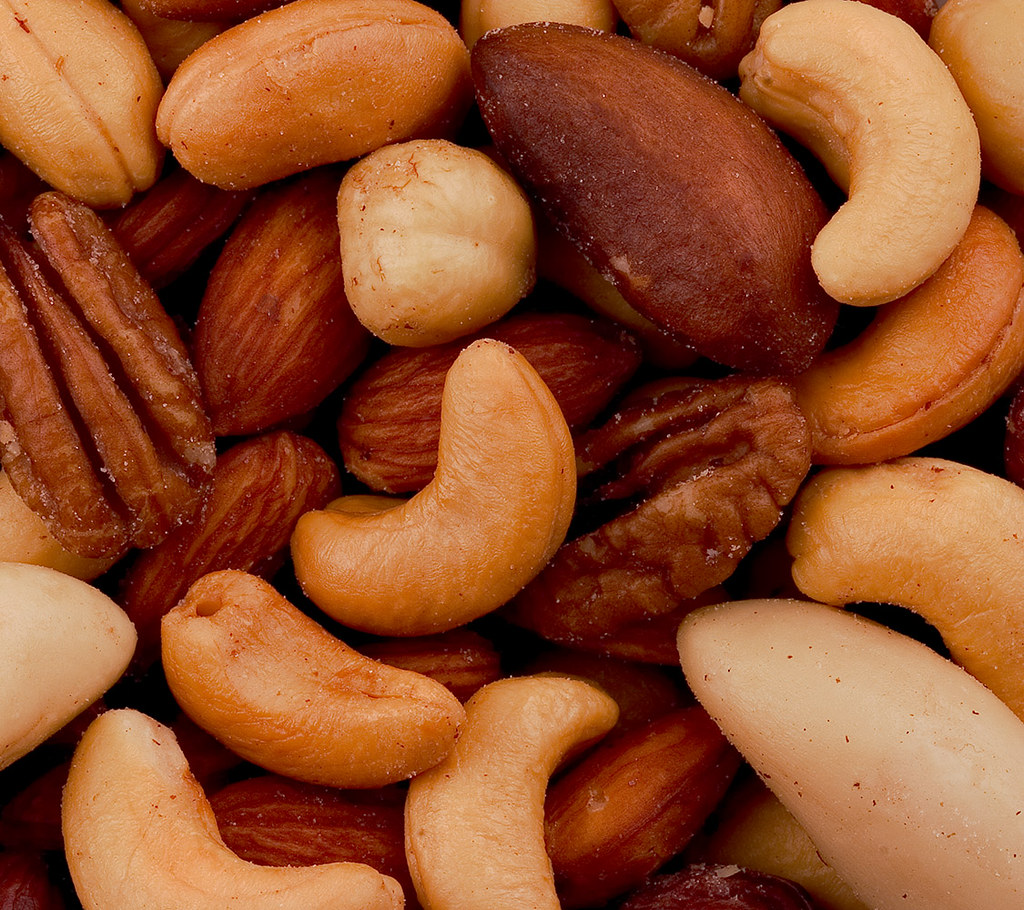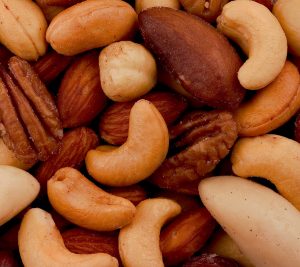
Which nuts are sustainable?
As someone who’s concerned about the health of the planet and humankind, I’m gradually eating more sustainable food, less meat, more vegetables, though, I am still trying to master the art of good vegetarian/vegan cooking.
A good plant based dish is often tastier then a meat dish, but I have found, which I put down to my inexperience, that meat dishes always taste good when I cook them whereas some of the vegan, vegetarian dishes I make are a bit lacklustre, even when spices and salt are added.
While I’m sure I will get there eventually, so far I have picked up a few tips from recipes that can make all the difference to whether a meal ‘hits the spot’.
One of these is adding nuts and seeds. These keep you fuller for longer, like meat does, they are also good for you, hosting fatty acids, vitamins and minerals as well as proteins and they give the dish a satisfying crunch.
Are nuts sustainable and ethically derived?
Certainly they are an improvement on eating meat, which demands way more water, releases more carbon dioxide and results in the slaughter of thousands of animals.
However I believe despite this, we should continue to be critical of plant based foods, because, despite the animal industry having its own costs, plant based foods can at times be vulnerable to human slavery such as economic slavery.
With climate change potentially on the horizon, we also need to consume less foods that are going to exacerbate drought, especially as poor people are going to be the ones who are likely to suffer the most.
So, how and what nuts can I eat with a clear conscience?
- Almonds, walnuts and pistachios.
If you check out the table below, from a research paper (Mekonnen & Hoekstra, 2011), you can see that almonds, have the highest water use, followed by cashews, pistachios, hazelnuts, and then chestnuts. What we need to be most concerned about are the nuts that have the most ground water use which is almonds, pistachios and walnuts.
| Nut | rainwater | Ground water sources | Water used to dilute pollution in fresh water to retain water quality | Total amounts |
| Cashew | 12, 853 | 921 | 444 | 14218 |
| Almonds | 9264 | 3816 | 3015 | 16095 |
| Pistachios | 3095 | 7602 | 666 | 11,363 |
| Walnuts | 5293 | 2451 | 1536 | 9280 |
| Chestnuts | 2532 | 174 | 144 | 2750 |
| Hazelnuts | 7627 | 2180 | 709 | 10, 515 |
From 2011 to 2016 California suffered a drought, the leading cause? Global warming and high surface temperatures. (Richmond & Leslie, 2015).
The almond industry was mostly blamed by the media. A study (Fulton, et al., 2019) found that, before the drought hit, almond farming had made improvements with its irrigation systems and ground water use was going down, however when the drought hit, greater use of ground water was used by the farmers then normal, for obvious reasons, and almonds, being thirsty plants, took a larger percentage of the ground water then normal. This also included other nuts grown in the region such as pistachio and walnuts.
While Californian almonds, walnuts and pistachios are not having any adverse effects currently, climate change is not getting any better and California is still at risk of further droughts. Farmers should not seek to increase the amount of almonds they grow or try to grow more drought resistant foods. The consumer should try, if possible, to buy nuts that are grown closer to home. Another alternative would be to eat fewer nuts and replacing them with seeds which have a much lower water footprint.
You can also buy from more ethical suppliers. For those who live in Europe, The guardian paper recommends buying from Food and forest which which ‘supports mixed farming systems in Spain, Italy and the UK.’
2. Cashew nuts
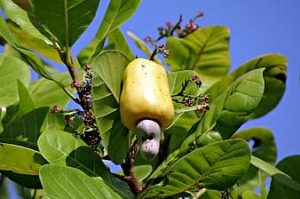
Though cashew nuts have a lower ground water footprint them almonds, they run into their own problems. France 24 (2019) a television channel, visited a farm in India and found that women where being employed on very low salaries. The women were paid based on how many cashew nuts they could de-shell. They told the television they did not wear gloves as it slows them down. The women’s hands were blackened, as cashew shells release a toxic acid which burns their hands. They also complained of burning eyes, fear of going blind and said they feel so feverish at night they cannot sleep.
Buy fair-trade cashews from India to know that the cashews are fairly sourced and the workers are treated adequately.
3. Brazil nuts
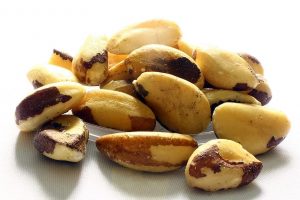
Brazil nuts are one of the more sustainable nuts, they grow wild in the rain forest (Lima et al, 2012)and provide jobs for south Americans who might otherwise be involved in environmentally destructive industries such as mining (Fischer, et al., 2018).
Though, I advise you not to eat too many brazil nuts as it can result in selenium poisoning (Reilly, 1996).
4. Hazelnuts

Tim Whewell (2019), a BBC journalist, visited turkey which sells three-quarters of the world’s hazelnuts. He found that migrant hazelnut gatherers are paid less then the national Turkish wage, and that families encourage their children to work as well.
5. Sweet chestnuts
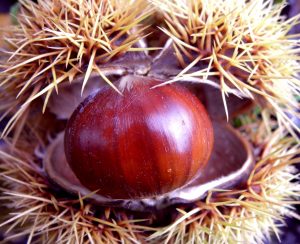
These are a win win situation, you can gather them from trees in the UK in the autumn, easily, and many are imported from Italy or France, so will have a lower carbon footprint anyway. The down side is they are seasonal. You should also be careful not to confuse the sweet chestnut with the horse chestnut which is poisonous. The horse chestnut is completely round whereas the sweet chestnut is not.
6. Peanuts
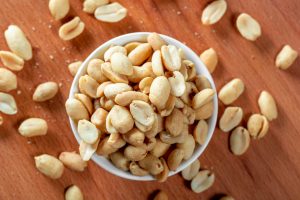
Peanuts are a very sustainable crop, they put nitrogen back into the soil when other plants deplete it and they use minimal amounts of water (U.S. Sustainability, 2020). Again, like sweet chestnuts I have not found anything to suggest peanuts are unethical in anyway.
References
Fischer, J., Arora, P. & Rhee, A., 2018. Conserving Tropical Forests: Can Sustainable. Sustainability, 10(2586).
France24, 2019. Cashew nuts: Painful working conditions behind popular snack. [Online]
Available at: https://www.youtube.com/watch?v=F7o8OrstCAw
[Accessed 16 July 2020].
Fulton, J., Norton, M. & Shilling, F., 2019. Water-indexed benefits and impacts of California almonds. Ecological Indicators, 96(1), pp. 711-719.
Lima, A. & al, e., 2012. Critical points of Brazil nuts: a beginning for food safety, quality control and Amazon sustainability. Science of food and Agriculture, 93(4), pp. 735-740.
Mekonnen, A. & Hoekstra, A., 2011. The green, blue and grey water footprint of crops and derived crop-Value of Water Research Report, Delft, the Netherlands: Unesco-IHE Institute for Water Education.
Reilly, C., 1996. Selenium in food and health. New York : Springer science and business media new york.
Richmond, M. & Leslie, L., 2015. Uniqueness and Causes of the California Drought. Procedia Computer Science, Volume 61, pp. 428-435.
U.S. Sustainability, 2020. Fact Sheets: U.S. Peanuts – A Global Leader in Sustainability. [Online]
Available at: https://thesustainabilityalliance.us/u-s-peanuts-fact-sheet/
[Accessed 17 07 2020].
Whewell, T., 2019. Is Nutella made with nuts picked by children?. [Online]
Available at: https://www.bbc.co.uk/news/stories-49741675
[Accessed 16 July 2020].

